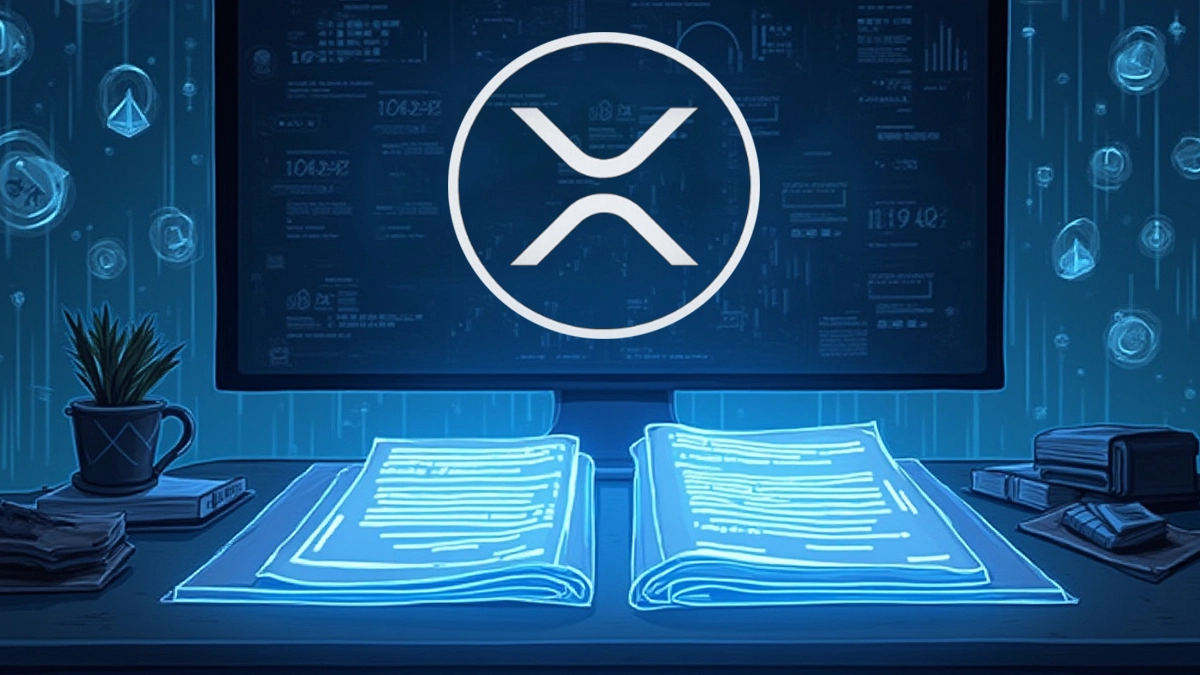- Stablecoin legislation could reinforce the U.S. dollar’s global financial dominance.
- Web3’s U.S. growth hinges on clearer regulatory frameworks and bipartisan support.
- Upcoming hearings aim to refine stablecoin and market structure bills for 2025.
A major shift in U.S. digital asset policy may be on the horizon, as lawmakers prepare key legislation aimed at regulating the crypto industry. Congressman Bryan Steil, Chairman of the Financial Services Subcommittee on Digital Assets, Financial Technology, and AI, recently outlined the path forward for stablecoin and market structure bills. With increasing bipartisan cooperation and pressure to keep innovation within the country, 2025 could mark a turning point for the crypto ecosystem in the United States.
Crypto Regulation Incoming? Congressman Steil on Stablecoins & Market Structure
— Tony Edward (Thinking Crypto Podcast) (@ThinkingCrypto1) March 26, 2025
Congressman Bryan Steil, Chairman of Financial Services Subcommittee on Digital Assets, Financial Technology, and AI, shares his thoughts on the timeline for getting crypto and stablecoin legislation… https://t.co/oOs8ri0cFT pic.twitter.com/SBZnivLM50
Stablecoins and the Dollar’s Global Role
A major focus of the upcoming legislation is the strategic importance of stablecoins backed by the U.S. dollar. According to Congressman Steil, these digital assets could help reinforce the dollar’s role as the world’s reserve currency.
This alignment could offer significant advantages, including lowering the national debt burden and solidifying America’s financial leadership. Stablecoins, if properly regulated, may also provide a faster, more secure method of global payment, which could benefit both businesses and consumers.
Web3 Innovation and Political Dynamics
Besides financial implications, the regulatory direction will influence how Web3 evolves in the U.S. Congressman Steil emphasized that younger generations are leaning into Web3 due to its decentralization and individual ownership opportunities.
However, past policies under the Biden administration, including increased restrictions and enforcement actions, have limited growth. These regulations, he argued, have driven talent and innovation overseas, putting the U.S. at risk of falling behind.
Defining Market Structure and Oversight
The proposed Market Structure Bill seeks to clarify regulatory jurisdiction, especially between the SEC and the CFTC. This is critical for investor protection and industry growth. Clear guidelines can also prevent overlapping or conflicting policies that often confuse both startups and institutional investors. Furthermore, aligning Senate and House efforts is key to passing effective legislation swiftly.
Legislative Timelines and Upcoming Hearings
Congressman Steil revealed that updated versions of the Stablecoin Bill are nearing completion. Hearings are scheduled for early April to discuss core principles and gather feedback.
The House aims to mark up and vote on the bills soon after. If successful, this would set the stage for Senate collaboration and potentially presidential approval before the end of the year.













